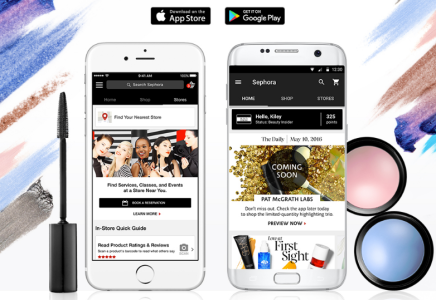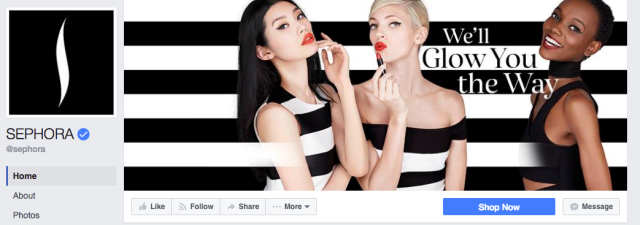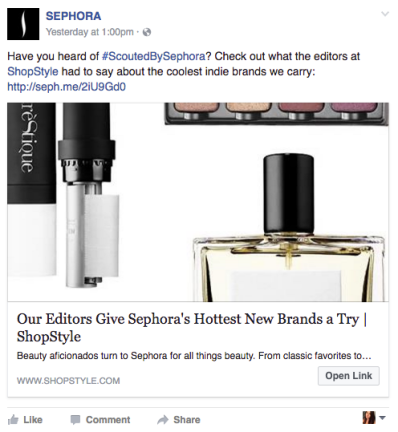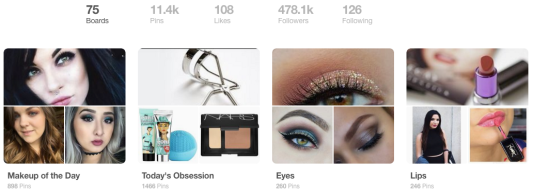For those of you who are unaware of 27th Star Co., they are a handmade goods company based out of Vass, North Carolina that”focuses on handmade textiles for the home. Our products are inspired by American patriotism and natural fibers…We make our designs with love, to be loved.”

27th Star Co. is considered as a B2C, or a business to customer, business because they sell their product directly to the consumer. In order to hone-in on the most efficient business practices, it is important to understand the types of customers a business has. The typical 27th Star Co. customer is someone of any age or gender who is looking for new home goods or other small goods. The typical customer is located here in the U.S. and is a fan of the “shop small” or “shop local” movement. It also help that our customer is a fan of natural materials and eclectic designs. Below we will discuss 3 different typical customers which frequent 27th Star Co.
1. The End User: “Lauren” – your everyday woman who is looking for a new item for her home.

Demographics and Psychographics
Lauren is a 25-year-old Female who works in Hospitality with a yearly income of approximately $30,000. She has received a Bachelors Degree in Hospitality Management. She likes fashion, being social, pop culture, and music. She dislikes being too normal or boring. As far as decision making, she has an eclectic taste and she knows what she wants. Lauren uses her interest in the fashion industry to keep up with trend forecasting and to influence her choices.
Behaviors
When it comes to media consumption, she is very active on her smartphone and uses apps and other social media to get news. She subscribes to daily newsletters to stay up to date on current events. Streaming is king when it comes to watching tv and the news. Lauren is very outgoing and social, she would consider herself a people-person, she’s hospitable and loves to entertain (especially at her own home), and is great at problem solving. Lauren scours the internet daily and utilities relationships with family and friends for information. She mostly shops online and in boutiques in order to find more one-of-a-kind pieces.
Environment
Our end user is very familiar with smartphones and computers. Lauren is even familiar with photography software. Her buying power is that of personal use. She typically pays for things with cash or a debit card. Before she makes a purchase, she usually bookmarks items for a day in order to reduce impulse buys. She may occasionally ask a friend or two for their opinion.
2. The Economic Buyer: “Ashley” – an interior designer (buying for herself or a client).

Demographics and Psychographics
Ashley is a 35-year-old female Interior Designer making approximately $45,000 a year. She received a B.F.A. in Interior Design. Before she makes a decision on purchases, she curates a collection of potential choices and tries them out before making a final decision. She must also account for the clients budget and taste. Personally, she likes art, music, nature, and bold colors. She dislikes anything too “artificial” or mass-produced.
Behaviors
Ashley is great at feng shui and color theory, and is very social. She receives her news and other information via apps, television news, and podcasts. She looks for inspiration online and in magazines, and uses the trial-and-error methods for her designs. She tends to shop online, in design showrooms, and in antique or thrift shops for pieces.
Environment
Ashley’s technology landscape is mostly based around smartphones and computers, but she also utilizes 3D design software. Her buying power is up to her and the client’s ultimate needs, she just has to use either her or her client’s budget wisely. Her purchasing process is simple: if she loves a piece and the price is right, she’ll buy it.
3. The Technical Buyer: “Cameron” –
co-founder of R. Riveter and mentor to 27th Star Co.’s Paige McGee.
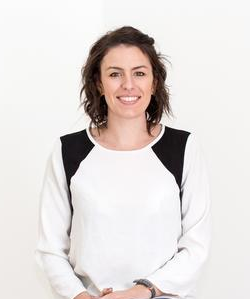
Demographics and Psychographics
Cameron is a 30-year-old female. She co-founded R. Riveter, a handmade accessories company meant for supporting military spouses, and is making approximately $70,000 a year. She received her Masters in Architecture. When she makes a decision, she must gather material based on standards, she must make sure completed items are of good quality, and she must ensure that her goal of supporting military spouses is being met. Cameron likes beautiful architecture and clean lines, recycled materials, and supporting military families. She dislikes being harshly critiqued.
Behaviors
Cameron is kind and a neat-freak. She is excellent at sewing, drawing, and working with her hands. Cameron is also very busy, therefore, she gets her news from social media and the radio during her morning commute. She uses the internet to locate surplus military gear and recruit new employees. She also keeps up with the local women on the Army base that she lives on, and goes to local shops for materials.
Environment
As for technology, Cameron is very comfortable running the company website and using the purchasing/Shipping & handling software. Her buying power is mostly up to her and her co-founder. She has to consider the budget for materials and the cost of the completed item when buying and making new designs. Her purchasing process typically consists of locations surplus military supplies, bargains for deals, and then crunching the numbers.
In this case, when she’s a customer for 27th Star Co. her purchasing process is a bit different. R. Riveter often looks for military-spouse independent contractors to make goods that R. Riveter will then sell in their retail stores. Cameron must then choose pieces she likes and knows will sell, and make a deal on the price that works for the customer, R. Riveter, and the contractor (which would be 27th Star Co.).


